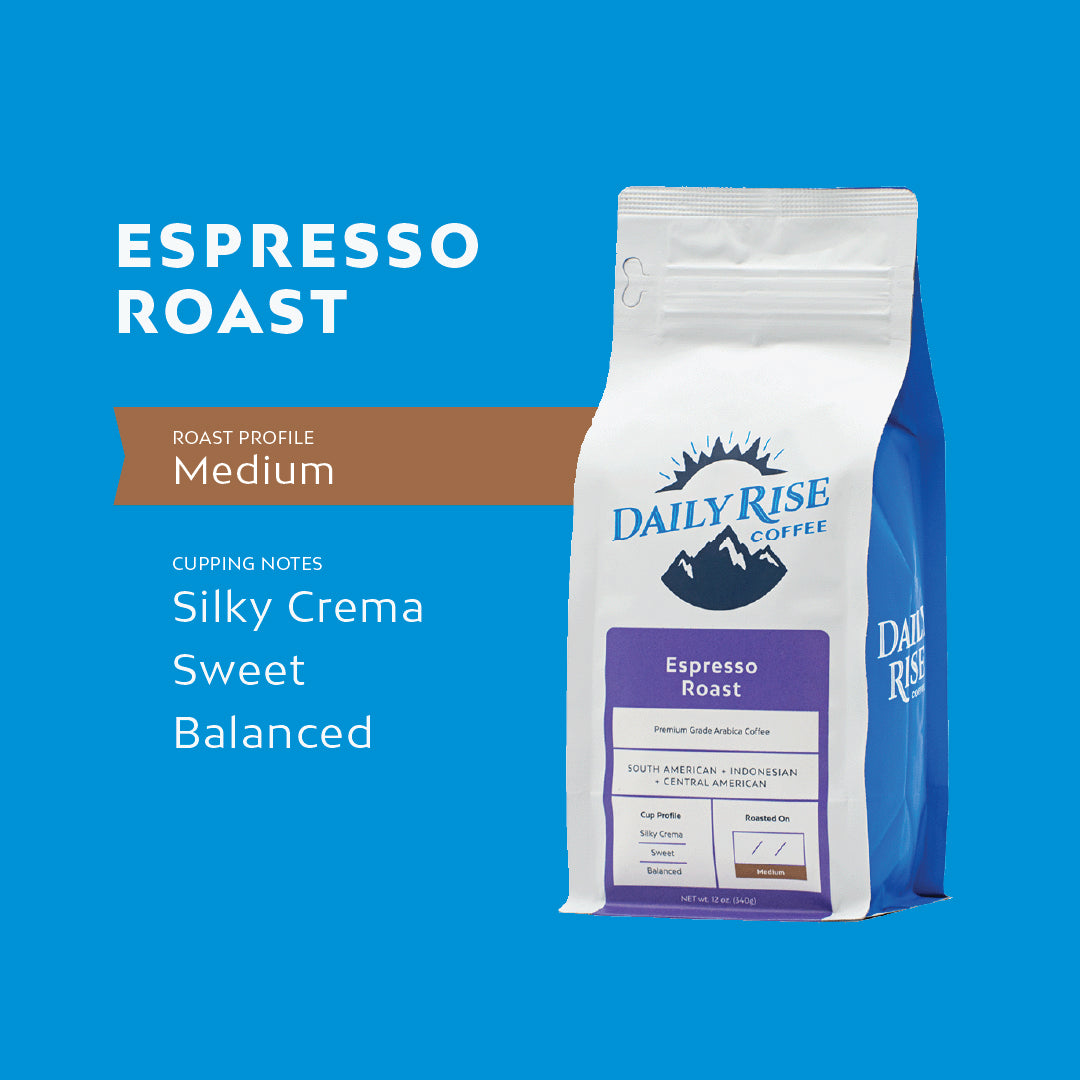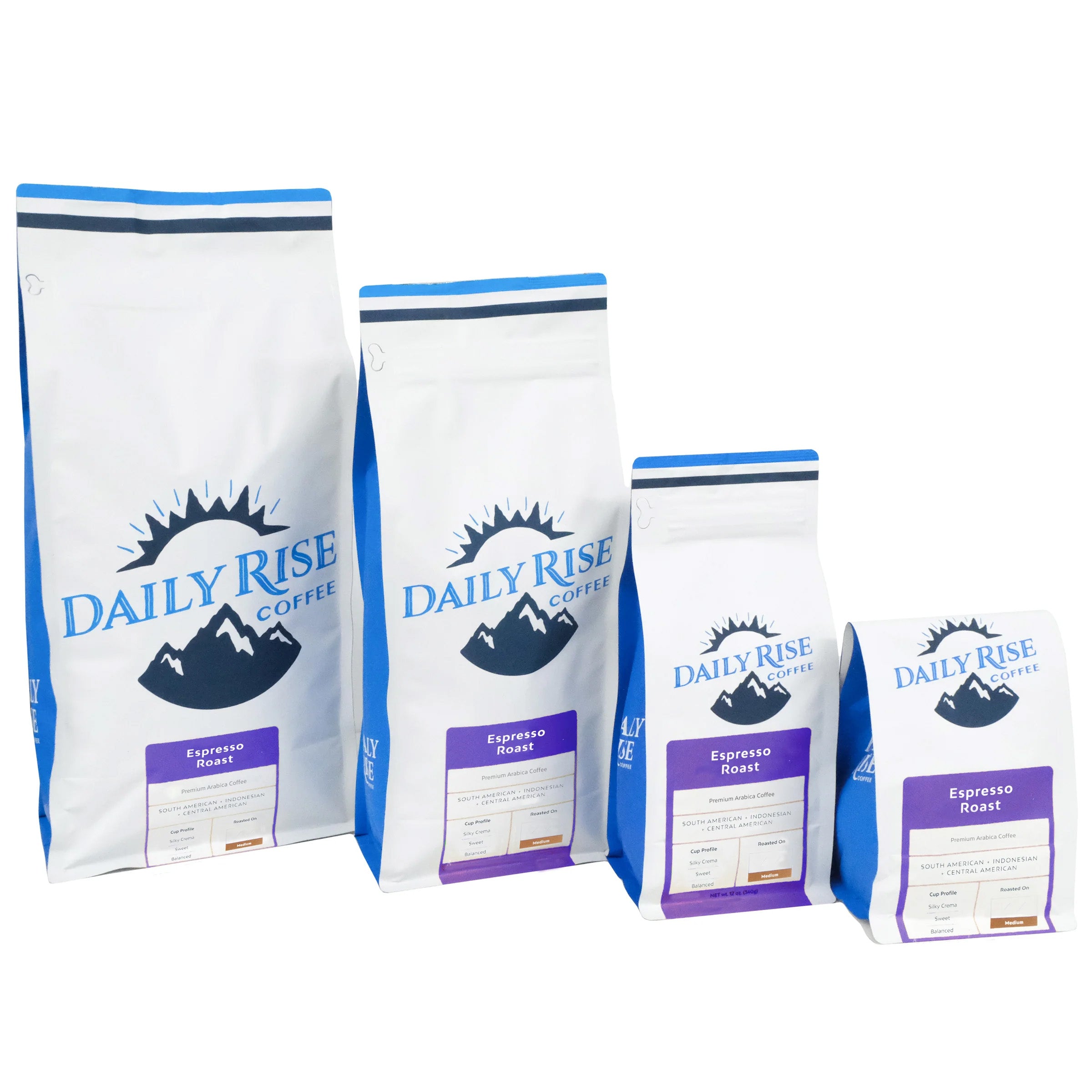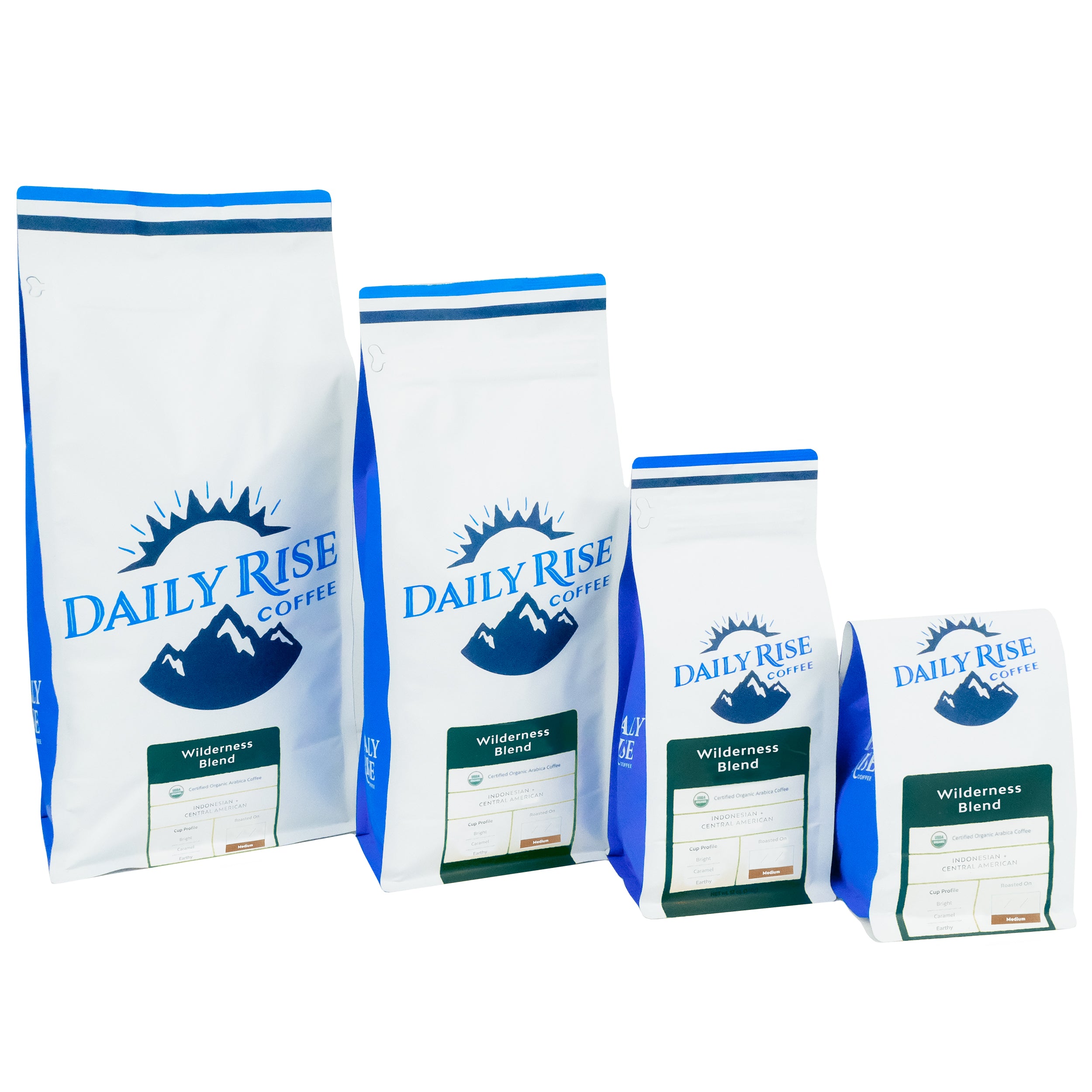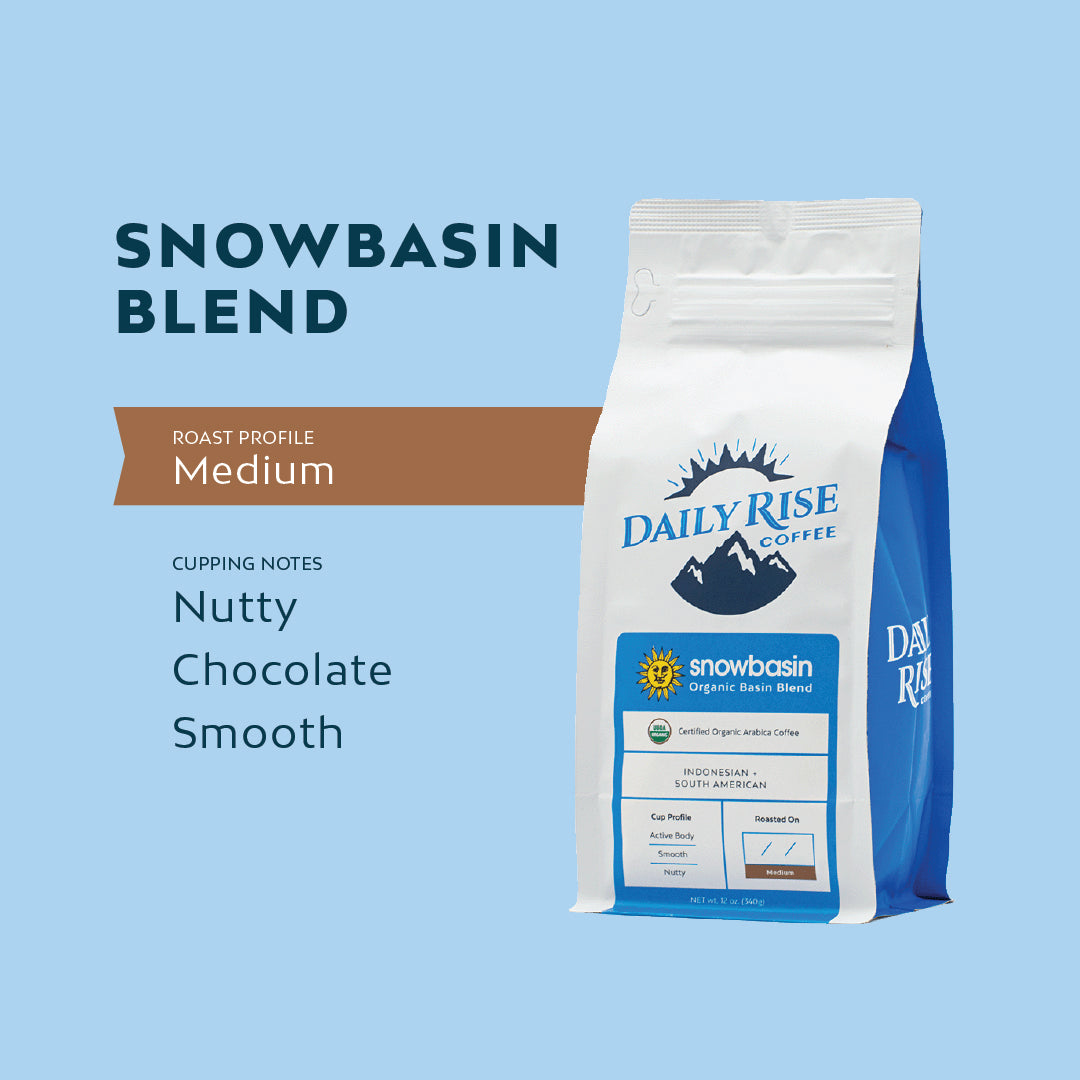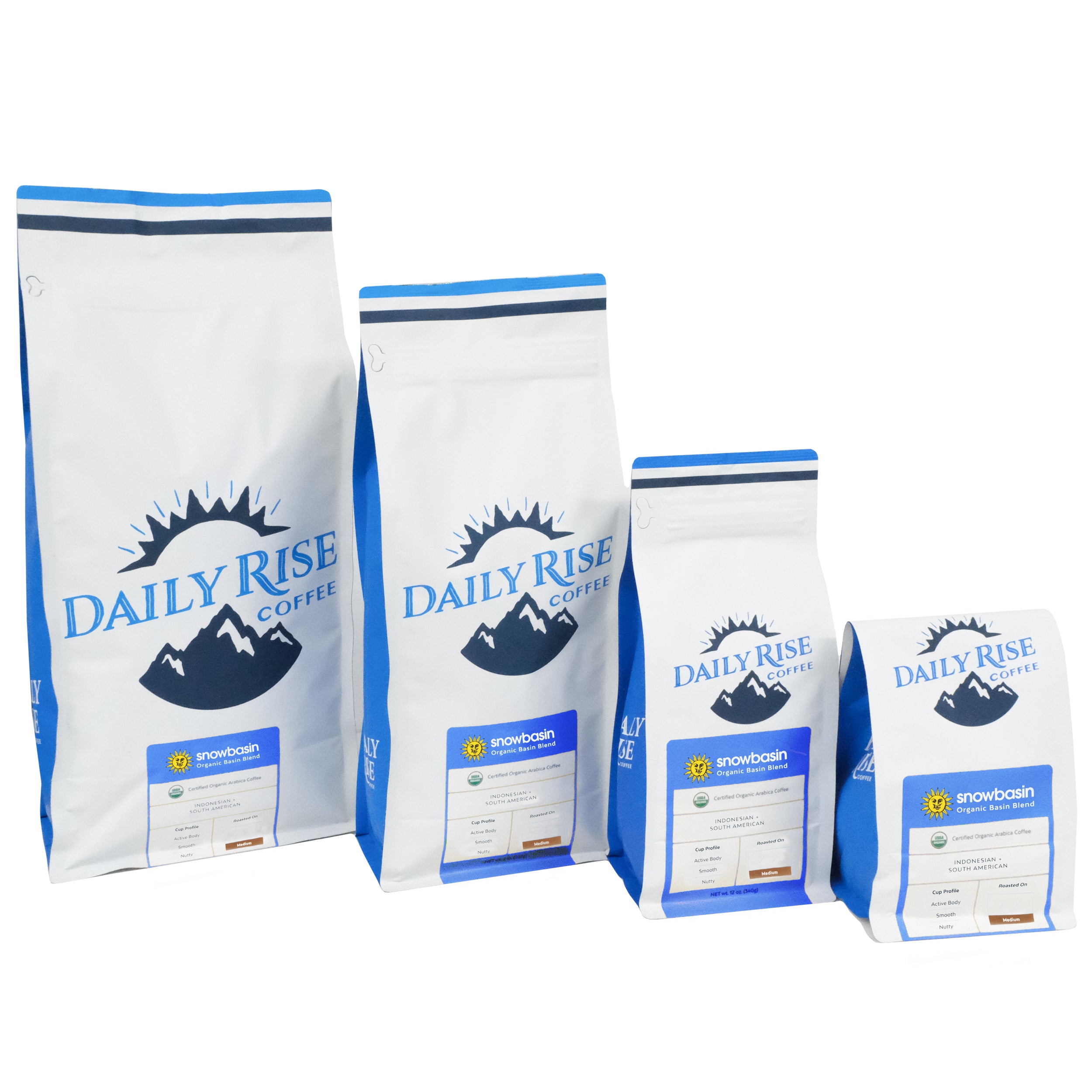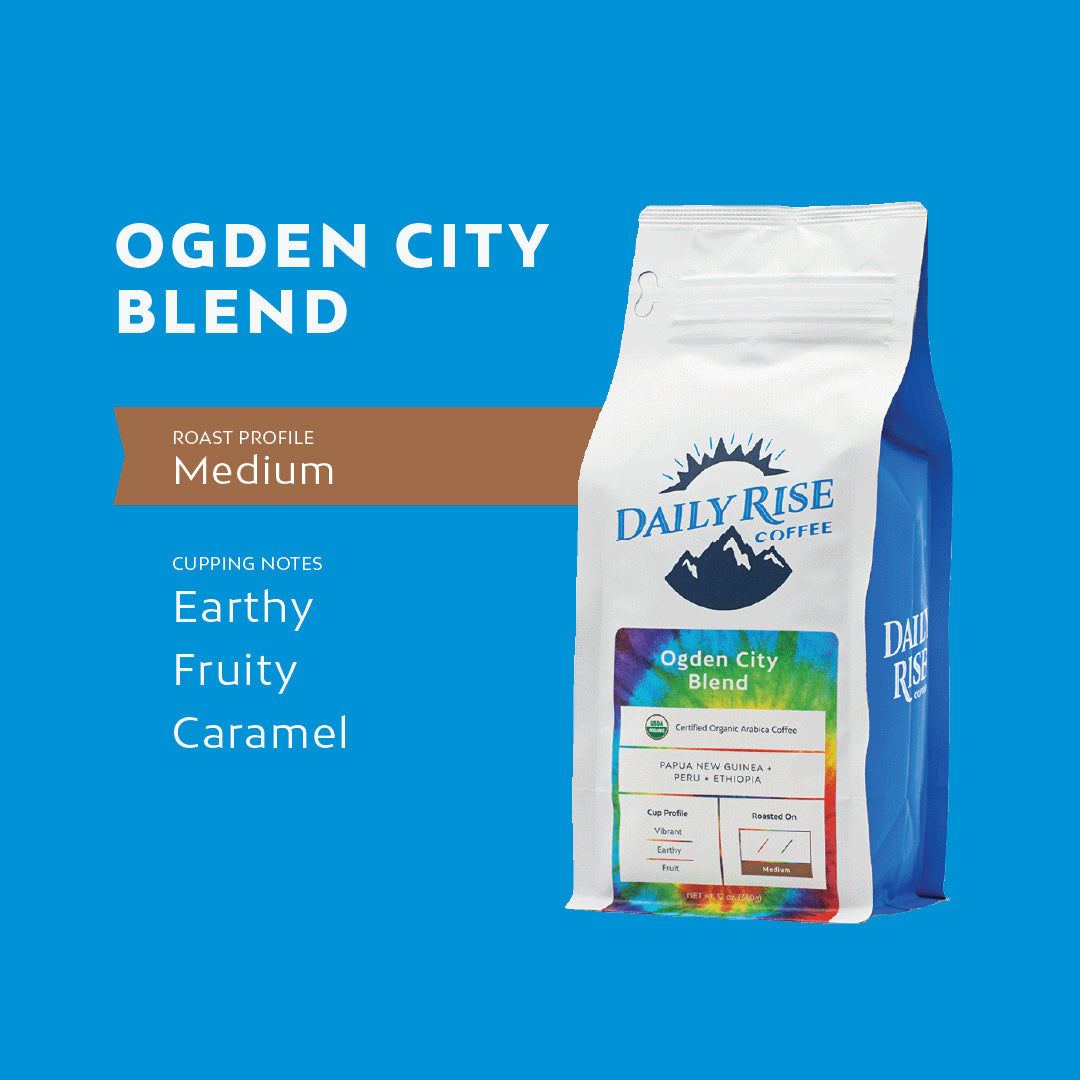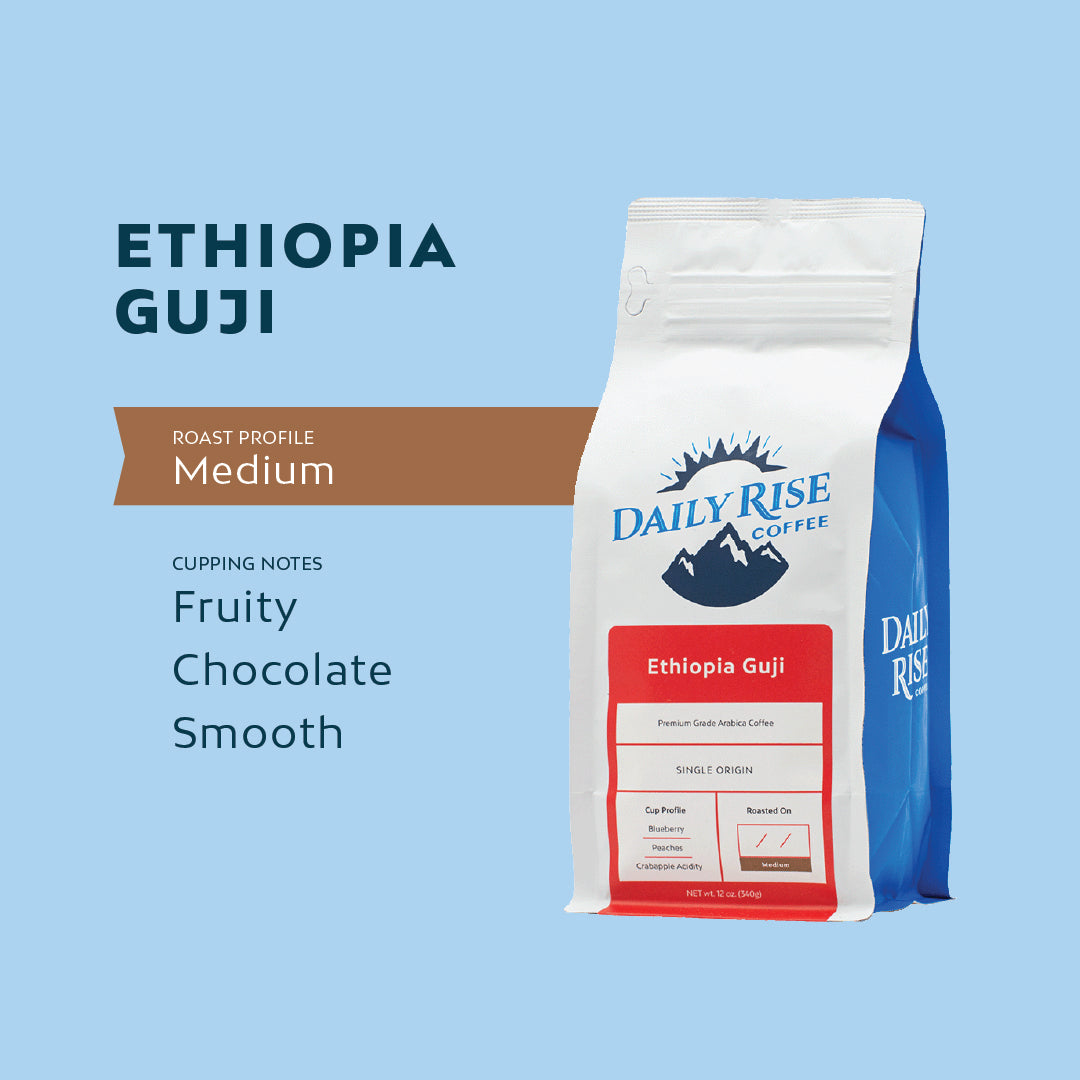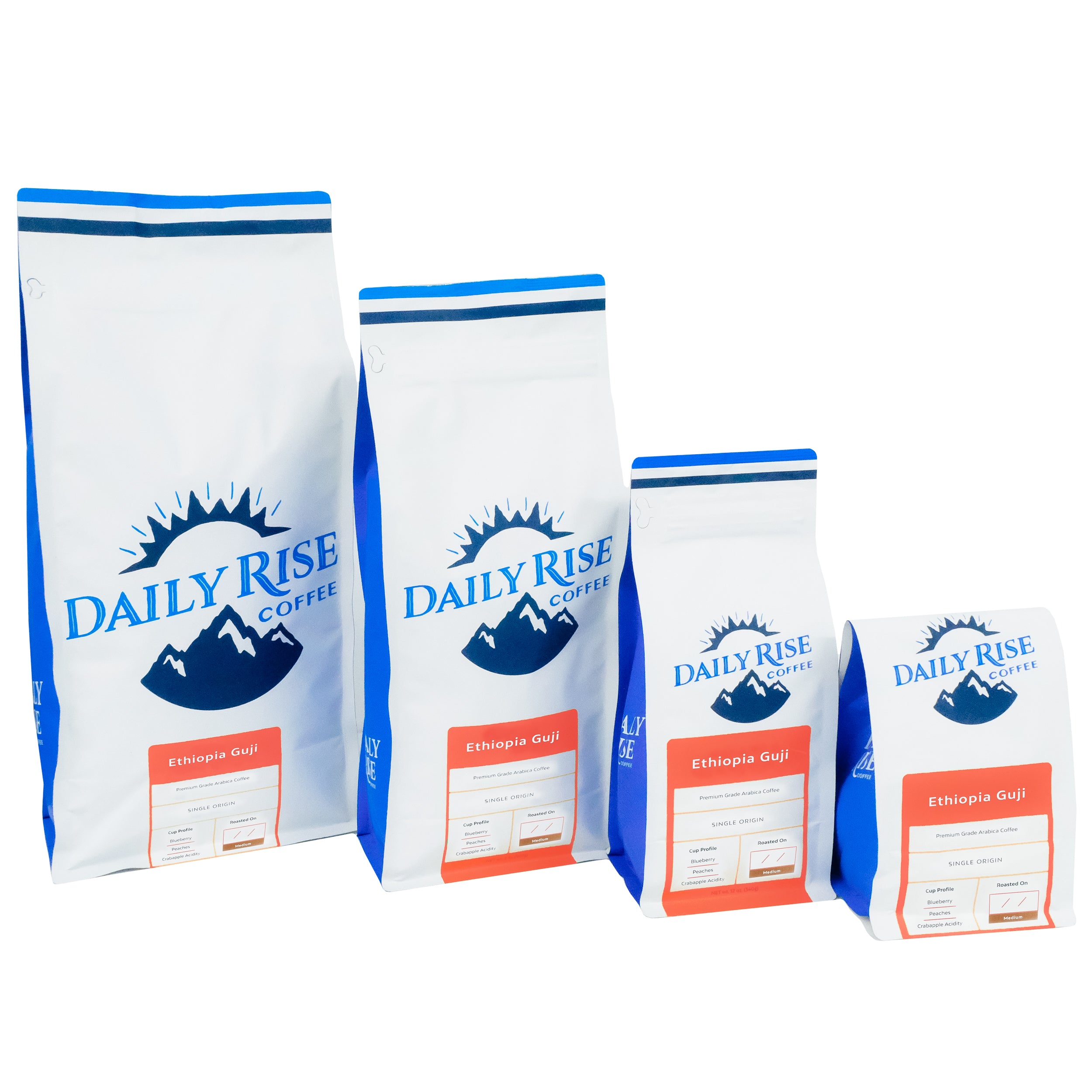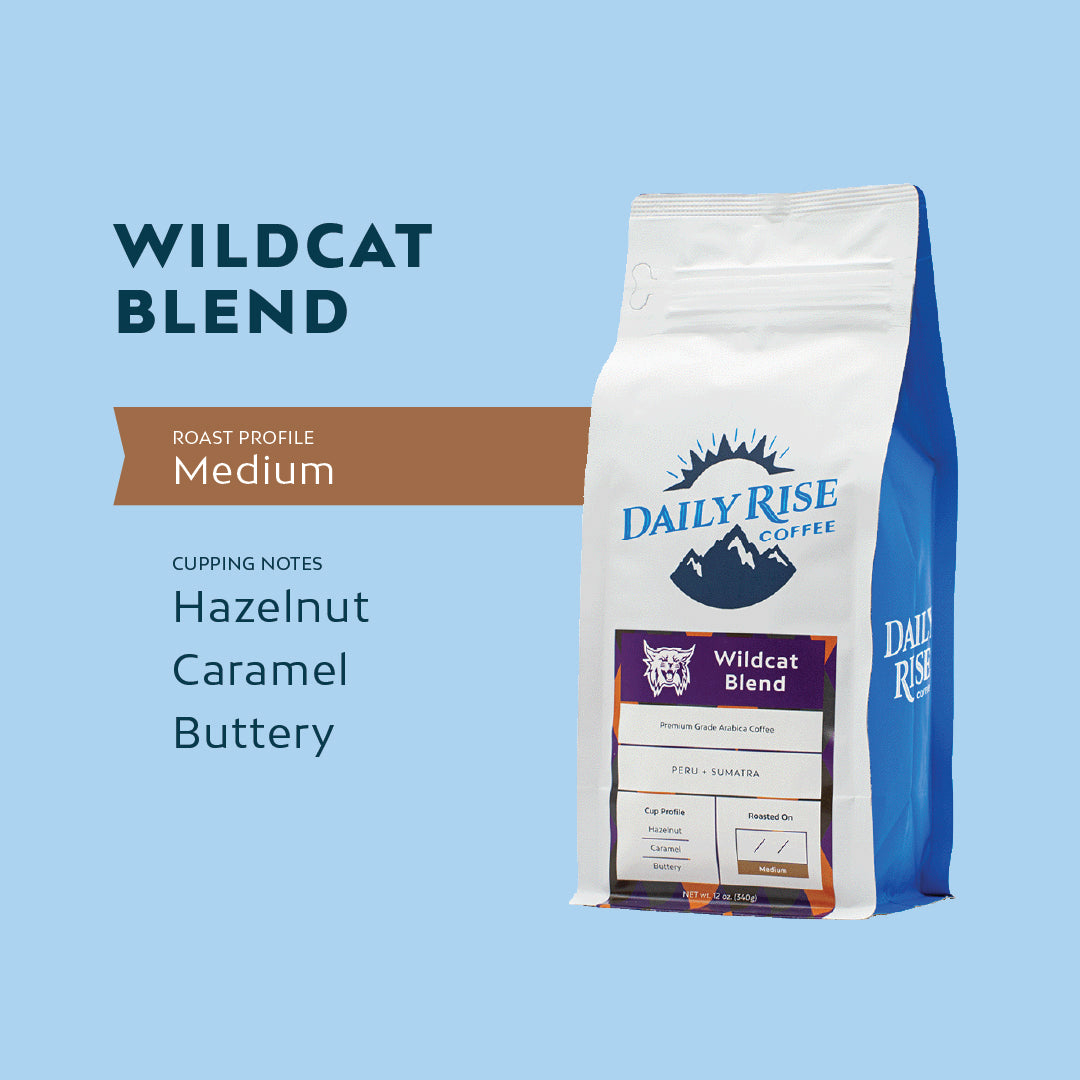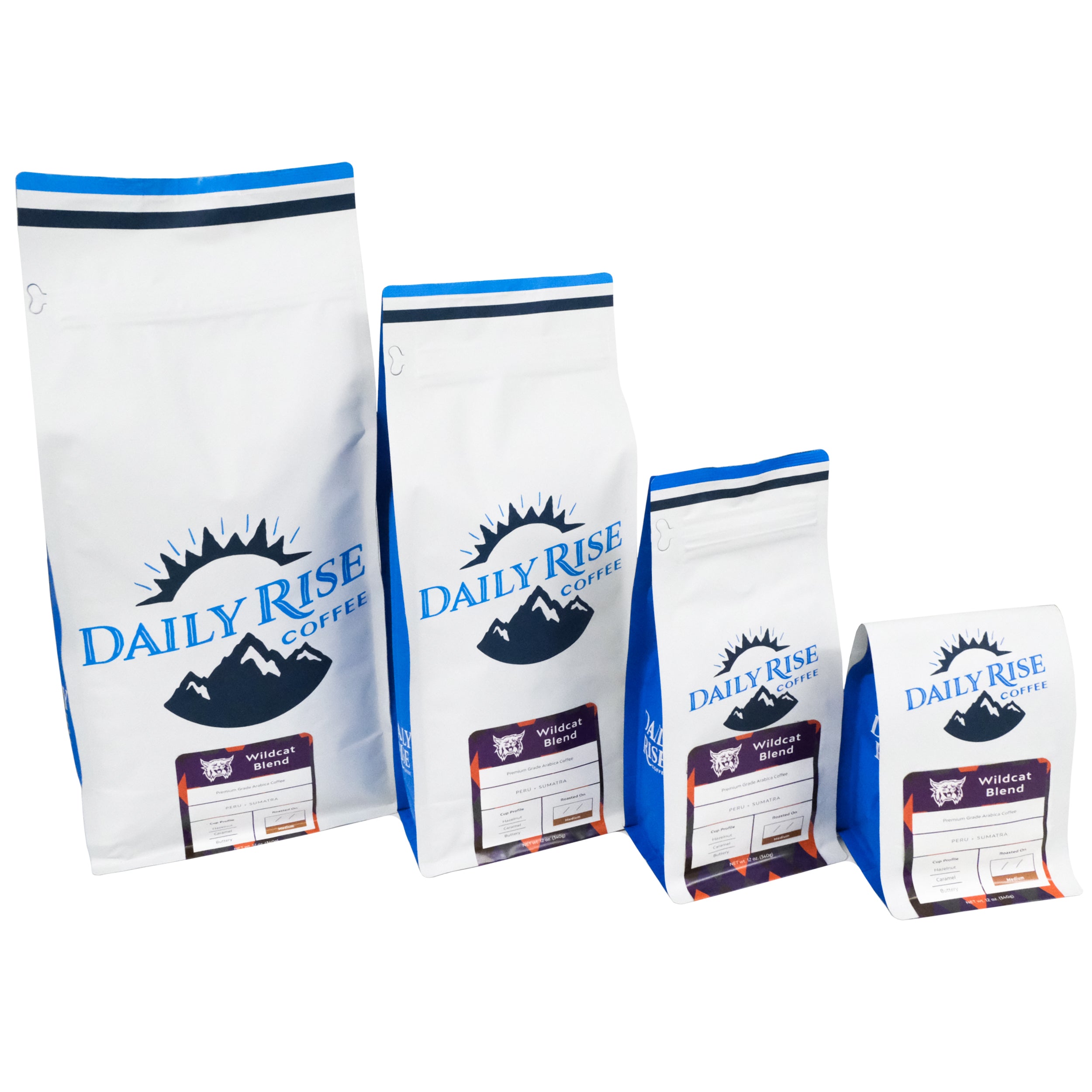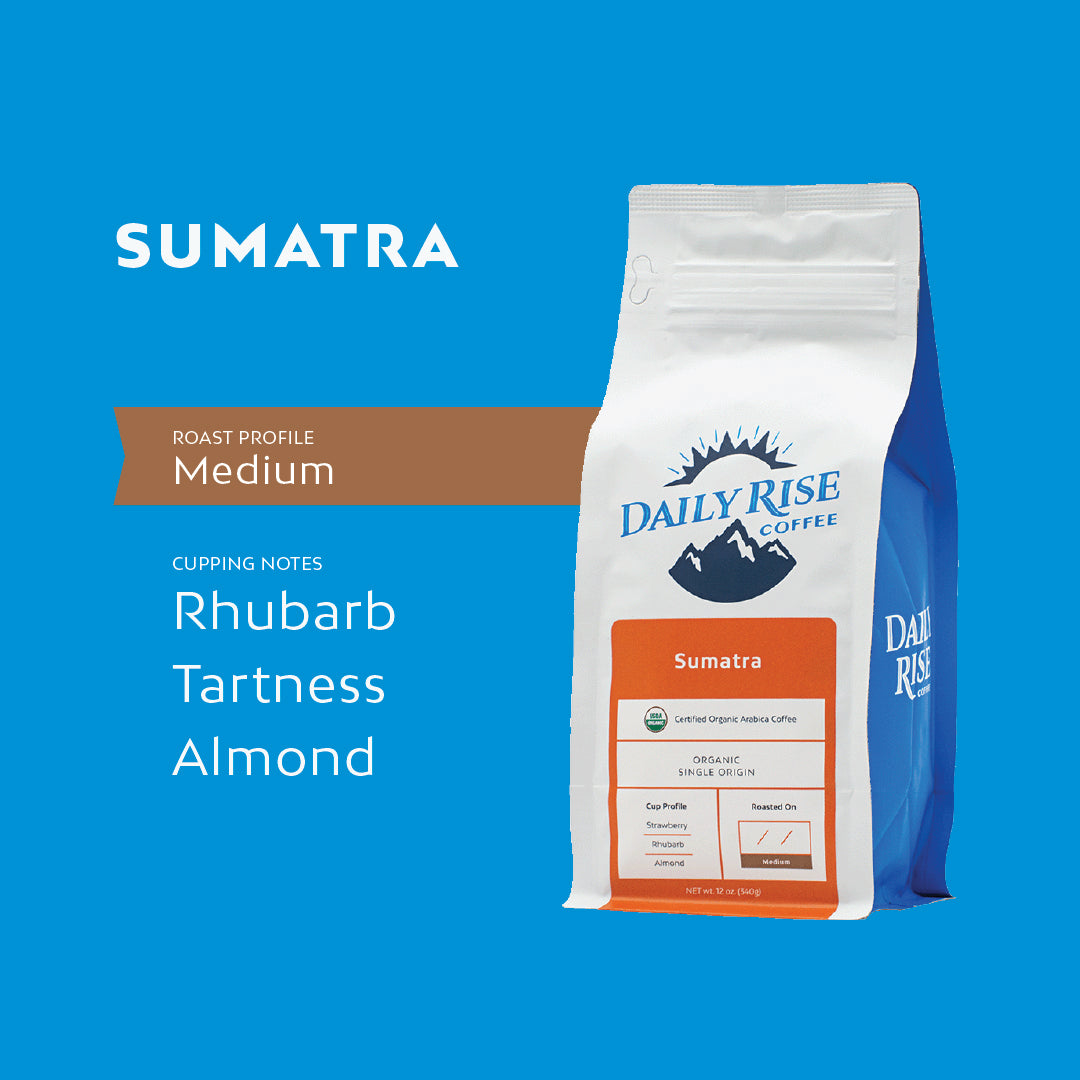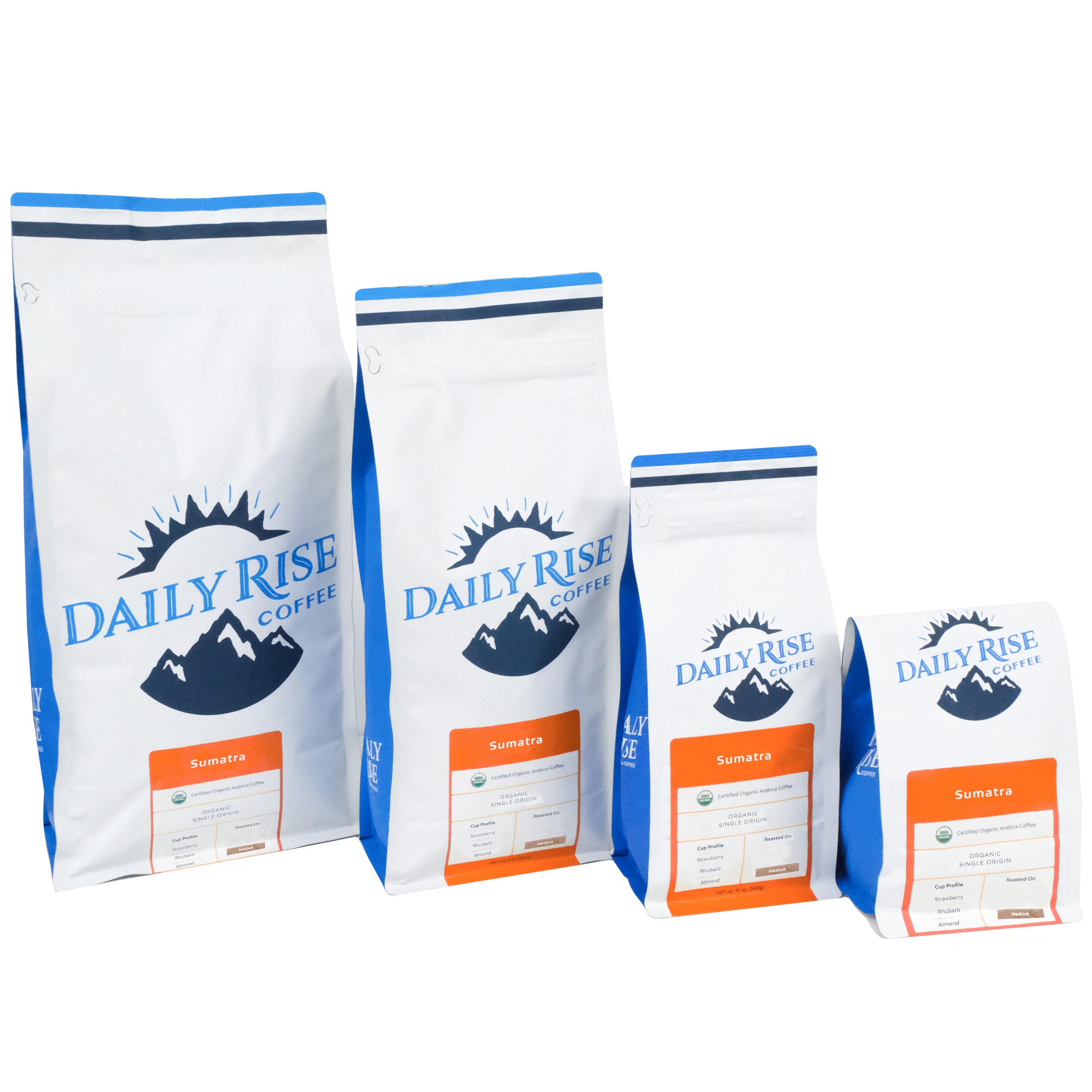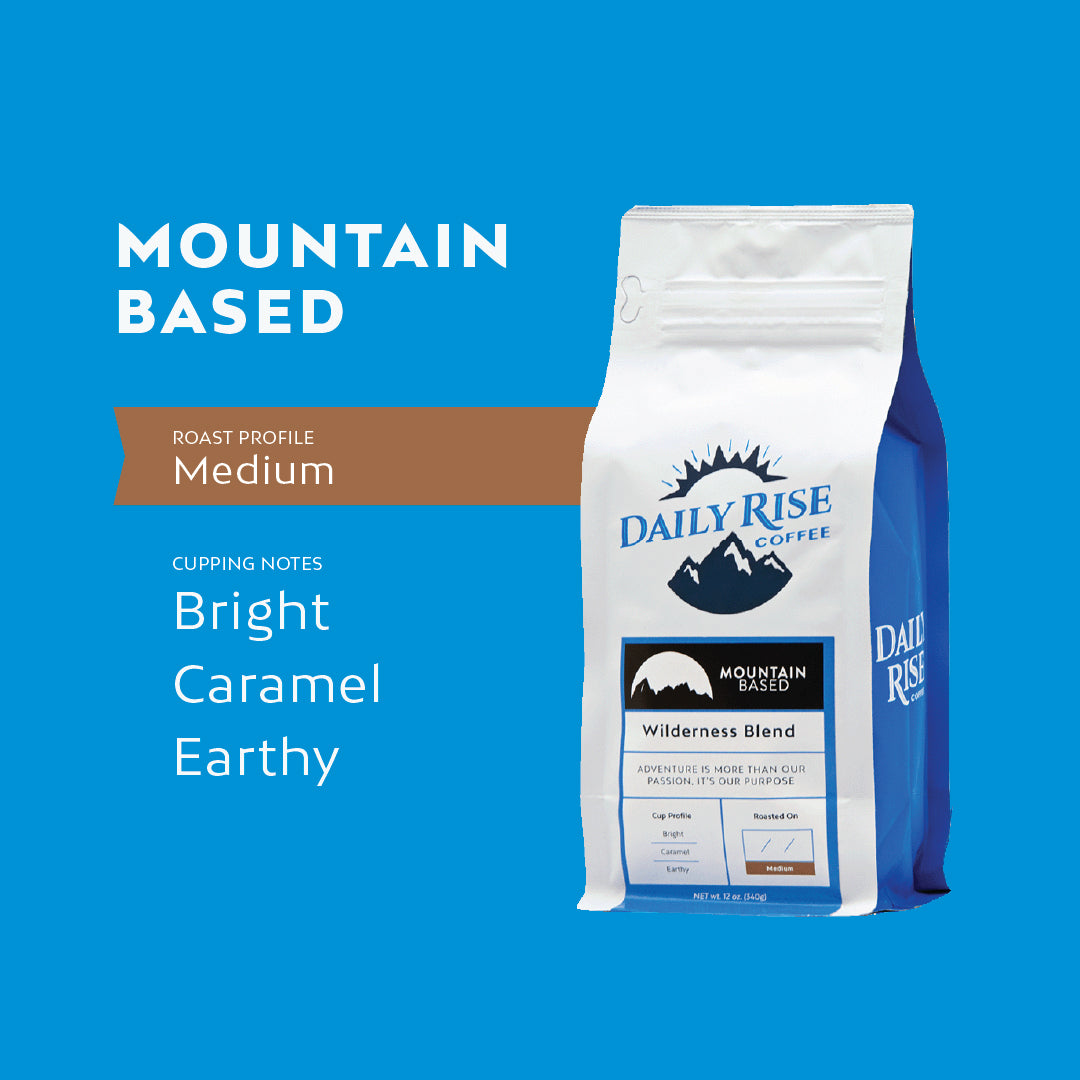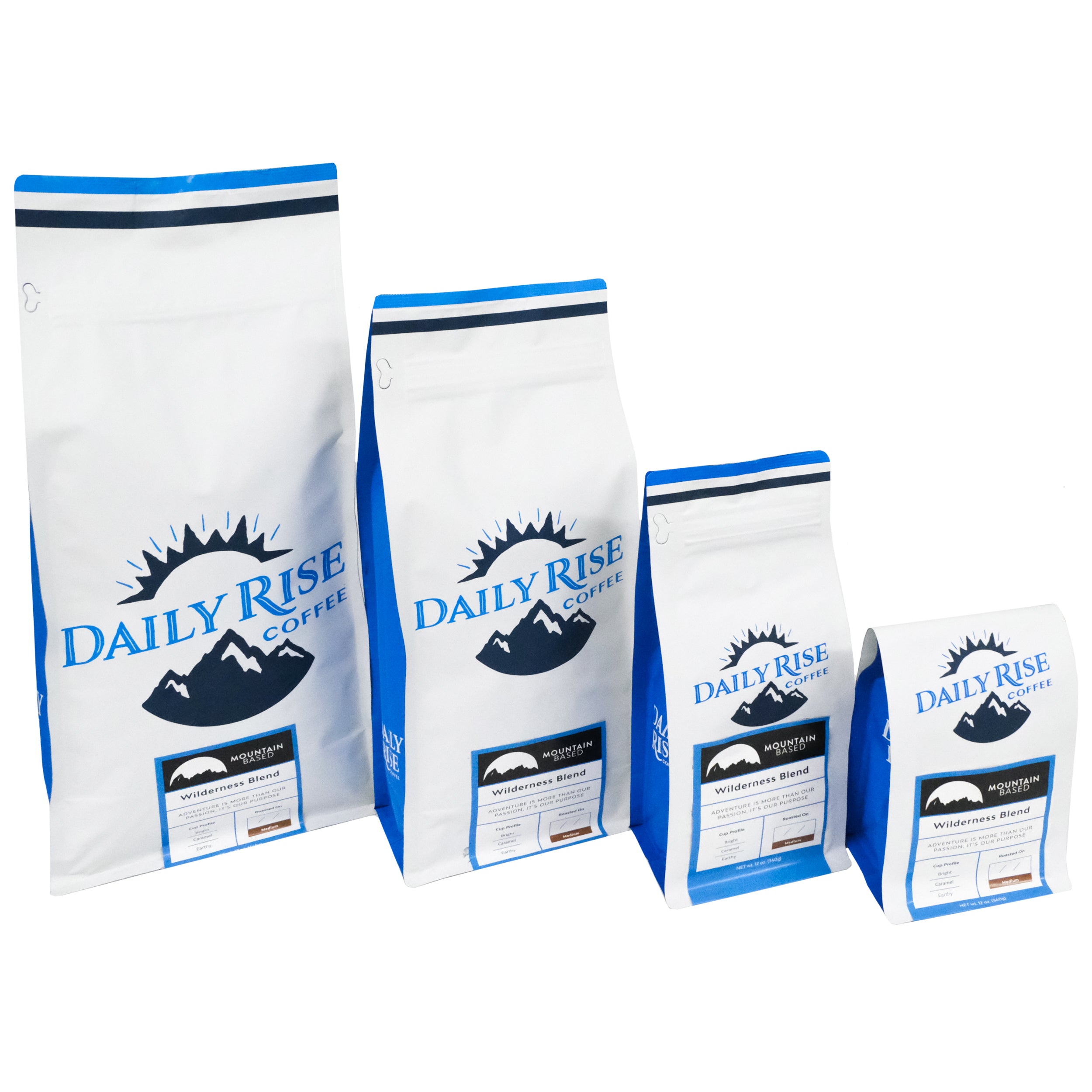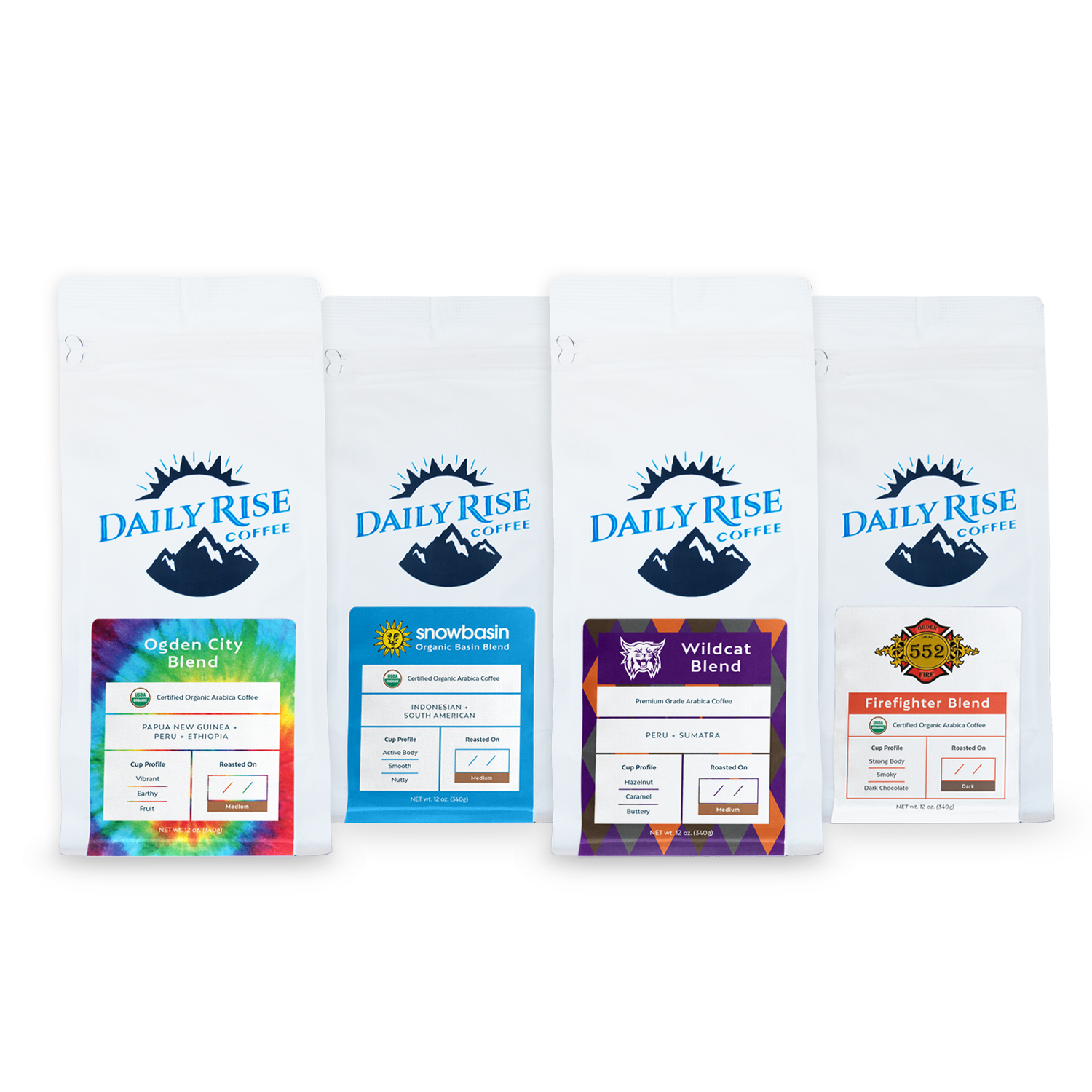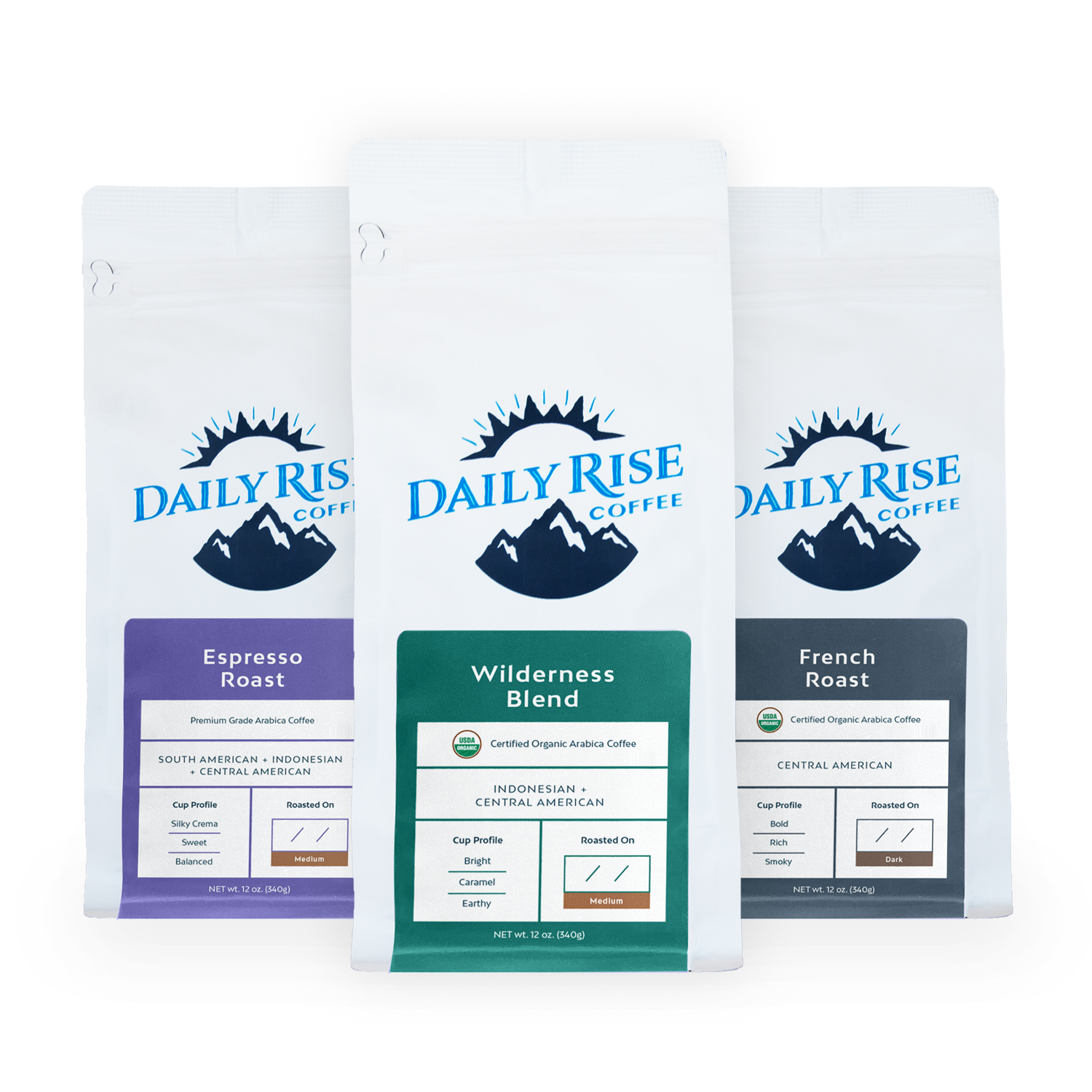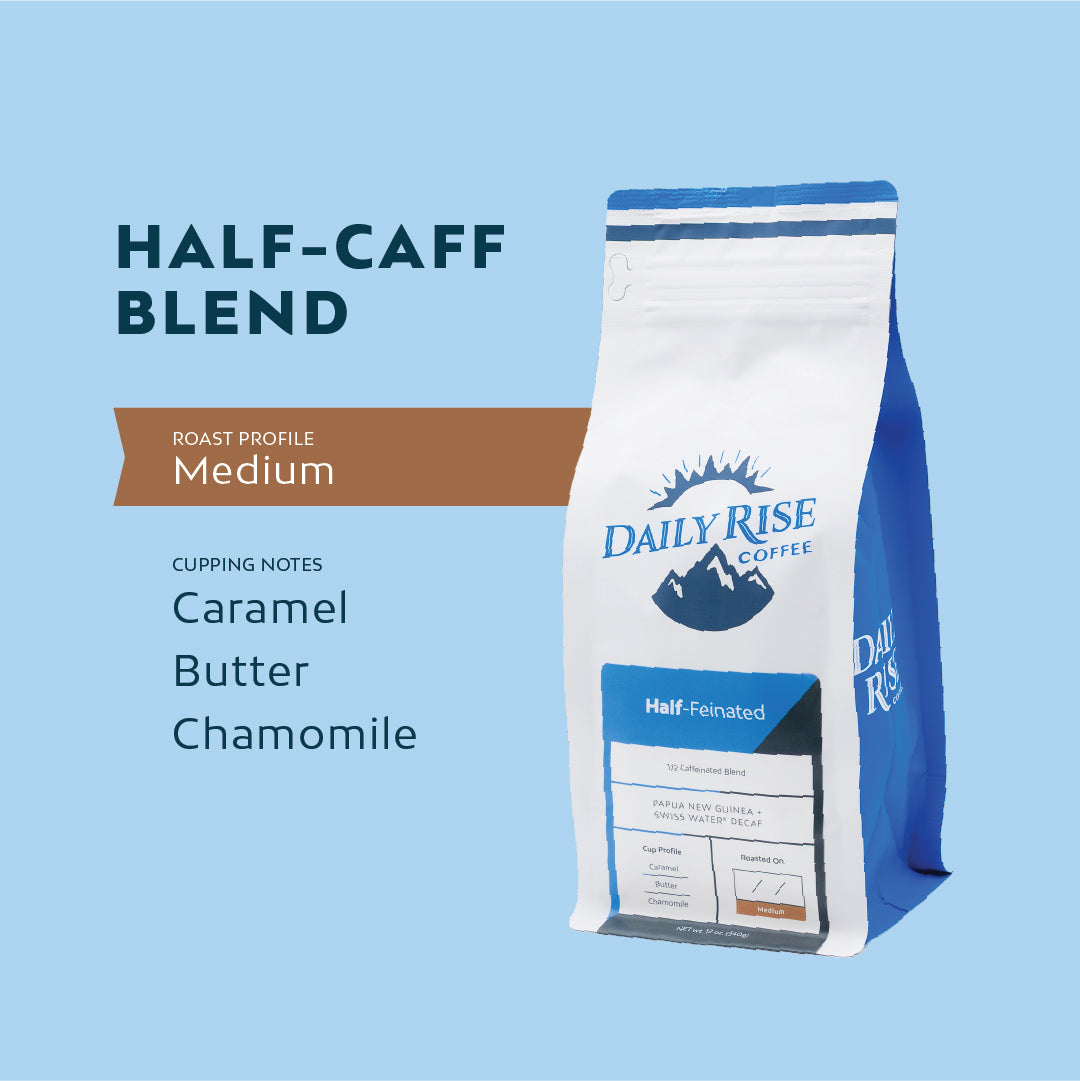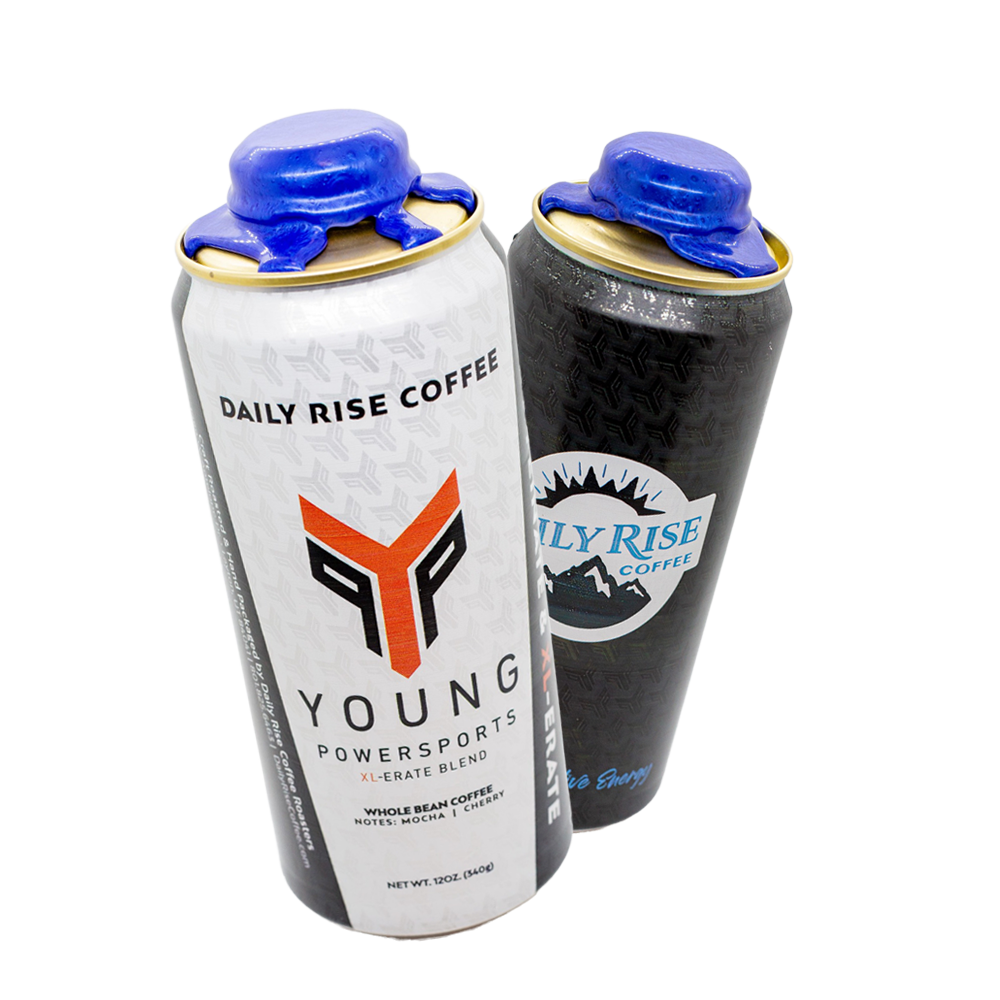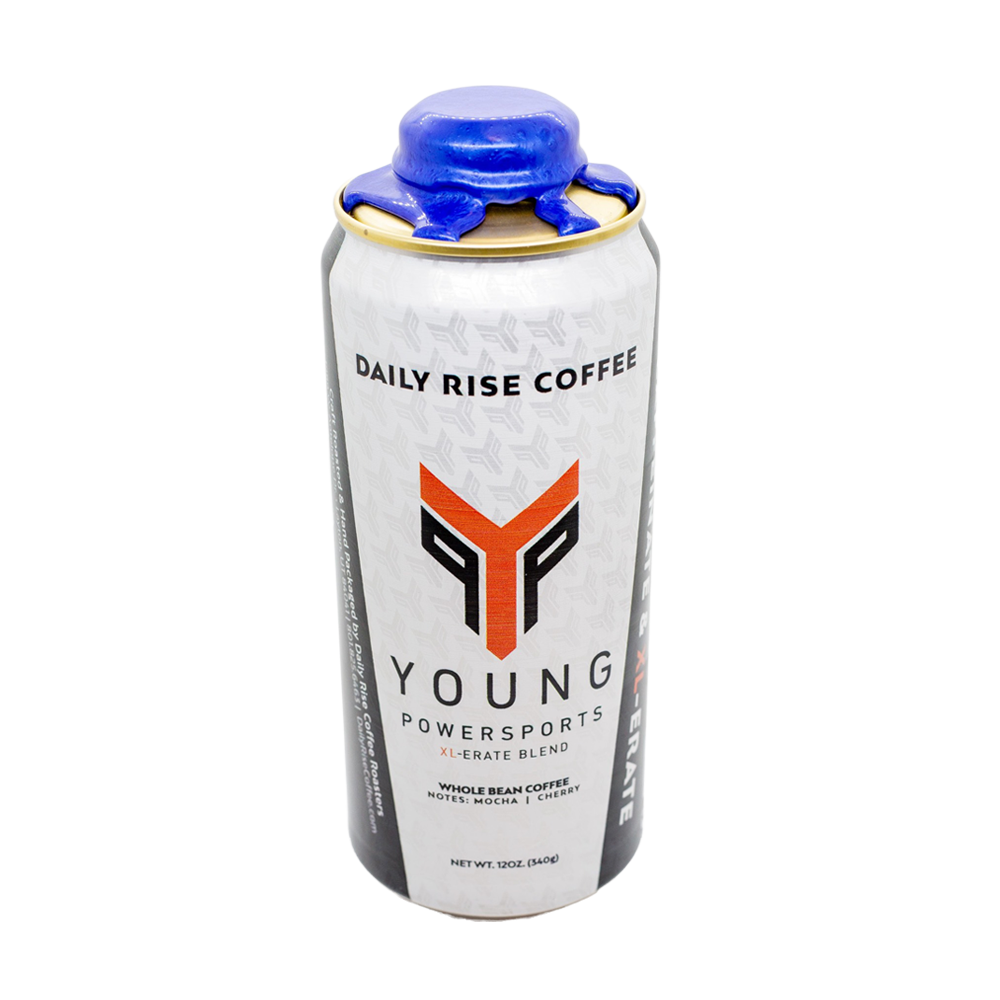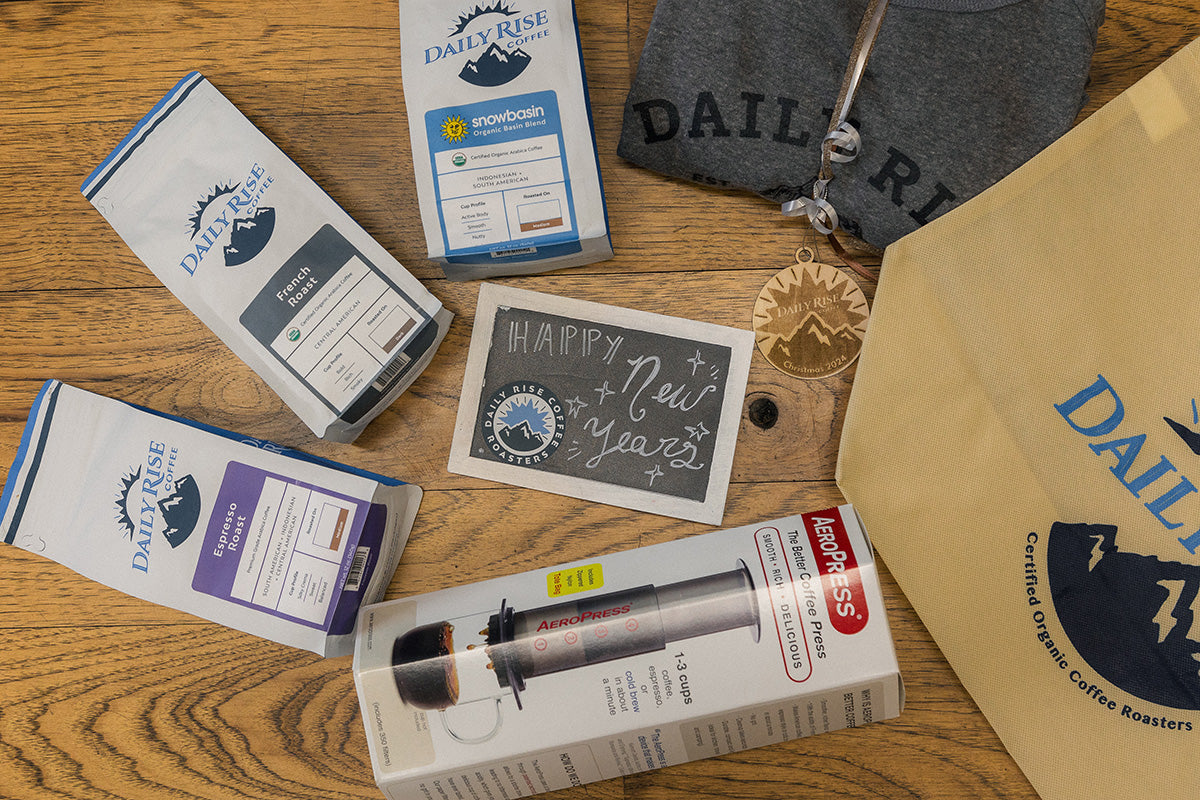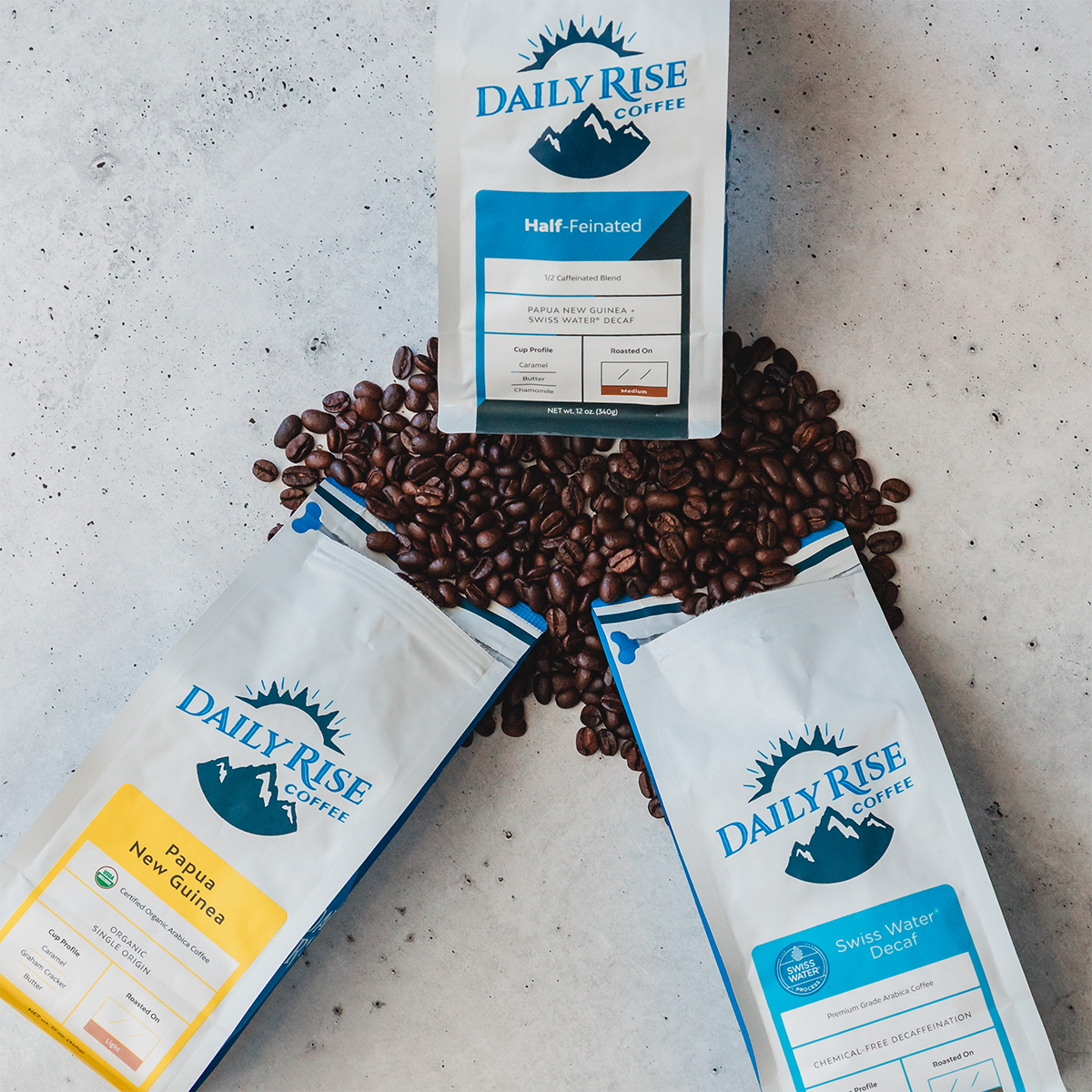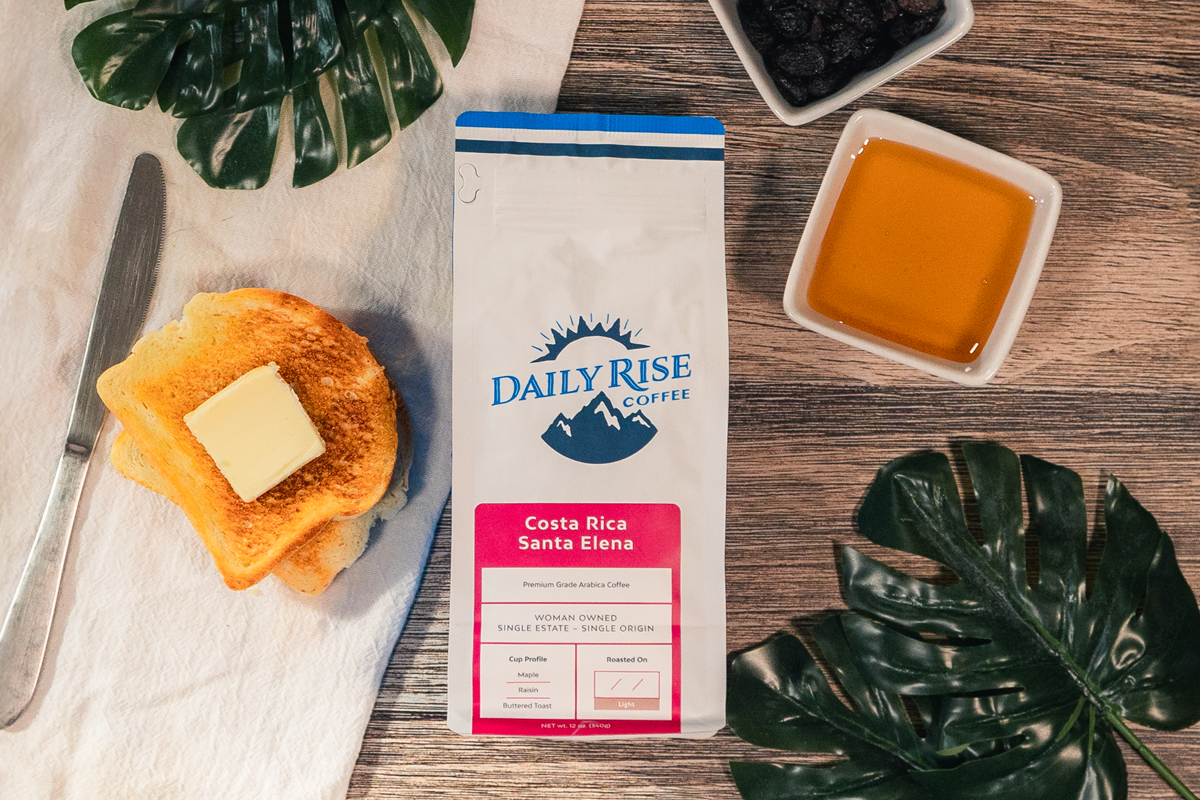What are SCA brewing standards and why do they matter?
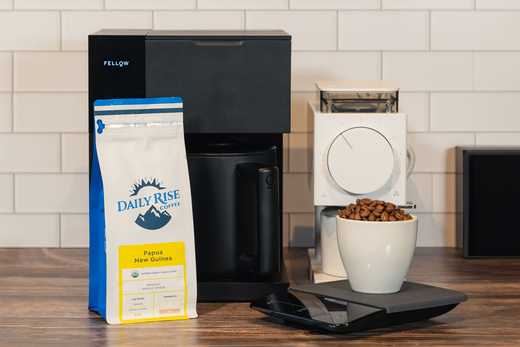
When it comes to brewing the perfect cup of coffee, consistency and quality are key. The Specialty Coffee Association (SCA) has developed a set of brewing standards to ensure every cup reaches its full potential. Whether you’re using a pour-over, drip coffee maker, or espresso machine, these guidelines help you achieve optimal extraction and flavor.
What Are SCA Brewing Standards?
The SCA brewing standards are a set of scientifically-backed recommendations designed to help you brew coffee with the best possible flavor. They focus on key factors like water temperature, coffee-to-water ratio, grind size, and brew time—each of which influences the overall taste and balance of your coffee.
Here are the core elements of the SCA standards:
Coffee-to-Water Ratio
The ideal ratio is 1:16–1:18, meaning 1 gram of coffee for every 16–18 grams (or milliliters) of water. This ensures proper extraction and balanced flavor.
Brewing Temperature
The recommended water temperature is 195°F to 205°F (90°C to 96°C). Water that's too hot can burn the coffee, while water that’s too cool will under-extract it, leading to weak or sour flavors. For those brewing in high-altitude areas like Ogden, Utah (4,300 feet above sea level), where water boils at 205°F, we recommend a brewing temperature of 194°F.
Brew Time
The SCA suggests a brew time of 4–8 minutes, depending on the brewing method. For example:
- Pour-Over: 3–5 minutes
- Drip Coffee Maker: 4–6 minutes
- French Press: 4 minutes
- Proper brew time ensures optimal extraction without bitterness or weak flavors.
Grind Size
Grind size affects how water interacts with the coffee grounds during brewing. The SCA recommends:
- Coarse Grind: French press or cold brew
- Medium Grind: Drip coffee makers or pour-over
- Fine Grind: Espresso or AeroPress
- Adjust the grind size to suit your brewing method and taste preferences.
Water Quality
Water should be clean, fresh, and filtered. The SCA recommends water with a neutral pH (around 7) and a total dissolved solids (TDS) level of 75–250 ppm for the best flavor. In simple terms, use filtered water, but avoid distilled water.
Total Dissolved Coffee Solids
The final brew should contain 1.15%–1.35% dissolved coffee solids. This ensures the coffee is neither too weak nor overly strong.
Why Do SCA Standards Matter?
The SCA standards ensure consistency, helping both coffee professionals and home brewers create a balanced, flavorful cup every time. By controlling variables like coffee-to-water ratio, temperature, and brew time, you can avoid common pitfalls like over-extraction (bitter coffee) or under-extraction (sour coffee).
How to Apply SCA Standards at Home
-
Weigh Your Coffee and Water: Use a kitchen scale for precision.
Use a Thermometer or Temperature-Controlled Kettle: Maintain the ideal water temperature.
- Experiment with Brew Time and Grind Size: Fine-tune your brewing method to suit your equipment and taste preferences.
-
Clean Your Equipment Regularly: Keeping your coffee maker clean ensures the best-tasting coffee. (Stay tuned for a future blog on how to clean and descale your coffee equipment!)
